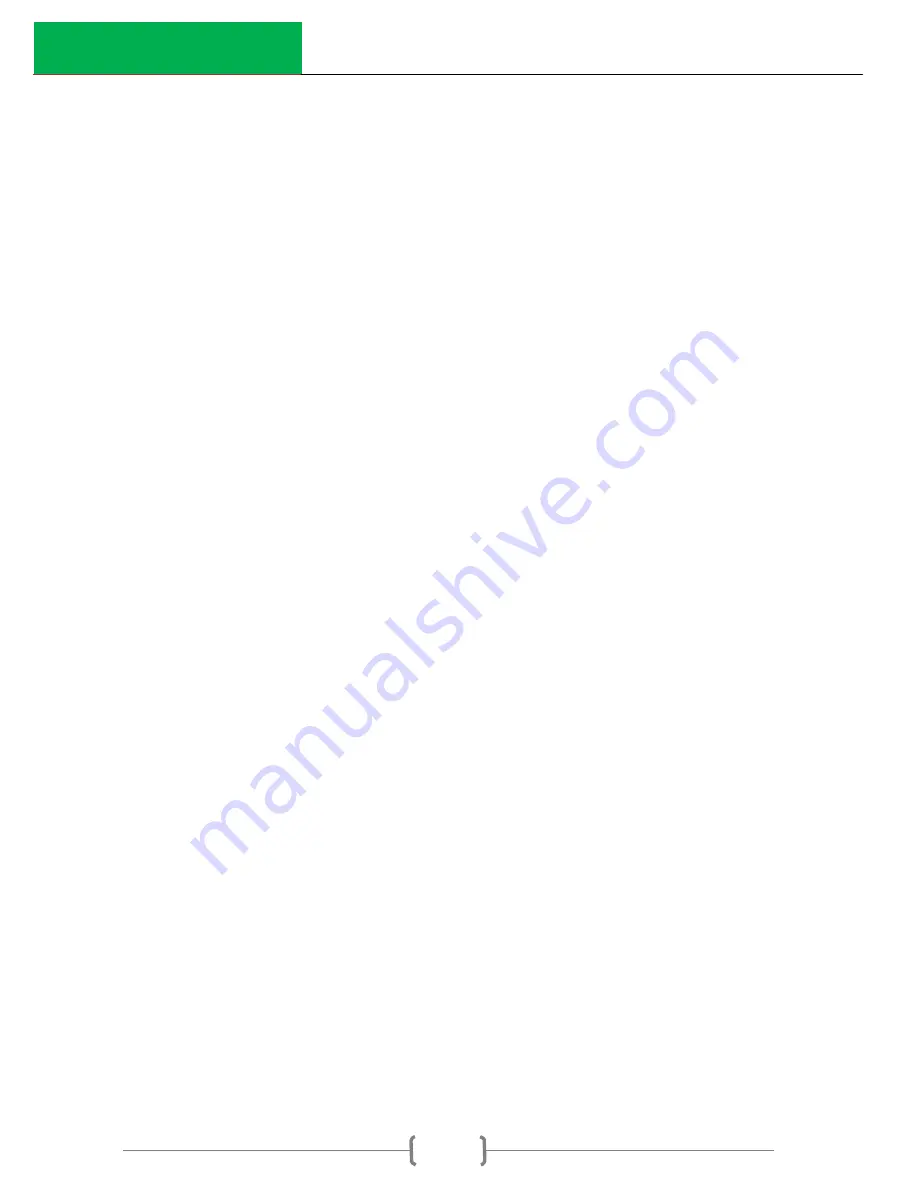
InstroTek
20
17.
Hand-calculate the results or launch the GravitySuite package to
automatically calculate the results by using the MaxGravity option.
18.
Double click on MaxGravity.
19.
Click on Asphalt.
20.
Input the required weights in the appropriate columns in the program. The
program will calculate the G
mm
in g/cm
3.
21.
The results can be transferred to Microsoft Excel for printing and storage.
Note: You can reuse the channel bag as long as they remain intact. Dry the
bags prior to each additional use.
Rubber Sheets:
If the material you are using causes repetitive punctures in the bag, use the
provided rubber sheets for added puncture resistance. Punctures during this
test will become obvious when the sample is cut in the water tank. A massive
amount of bubbles (like boiling water) will come out of the sample and the
results as compared to the conventional tests will be lower (more than 0.02
g/cm
3
different). Rubber sheets can be used inside the large bag, one under
the channel bag containing the sample and one above the channel bag.
Keep the rubber sheets away from the bag opening. If you have not already
entered the rubber sheet densities in the software, simply weigh the rubber
sheets and enter the weight in MaxGravity software. The program will ask for the
density of the rubber sheets. Enter the password -
DENSITY
. Once the password
is entered, enter the density value written on the rubber sheets. Write this value
in your manual in case it wears off the sheets.
If the
rubber sheets are replaced,
a new density must be entered
. The software will now automatically correct for
the rubber sheets. The entry of the density of the rubber sheets is also described
in the Installation of the GravitySuite Software section. For more information
about the use of the rubber sheets, contact InstroTek, Inc. at 919-875-8371






























